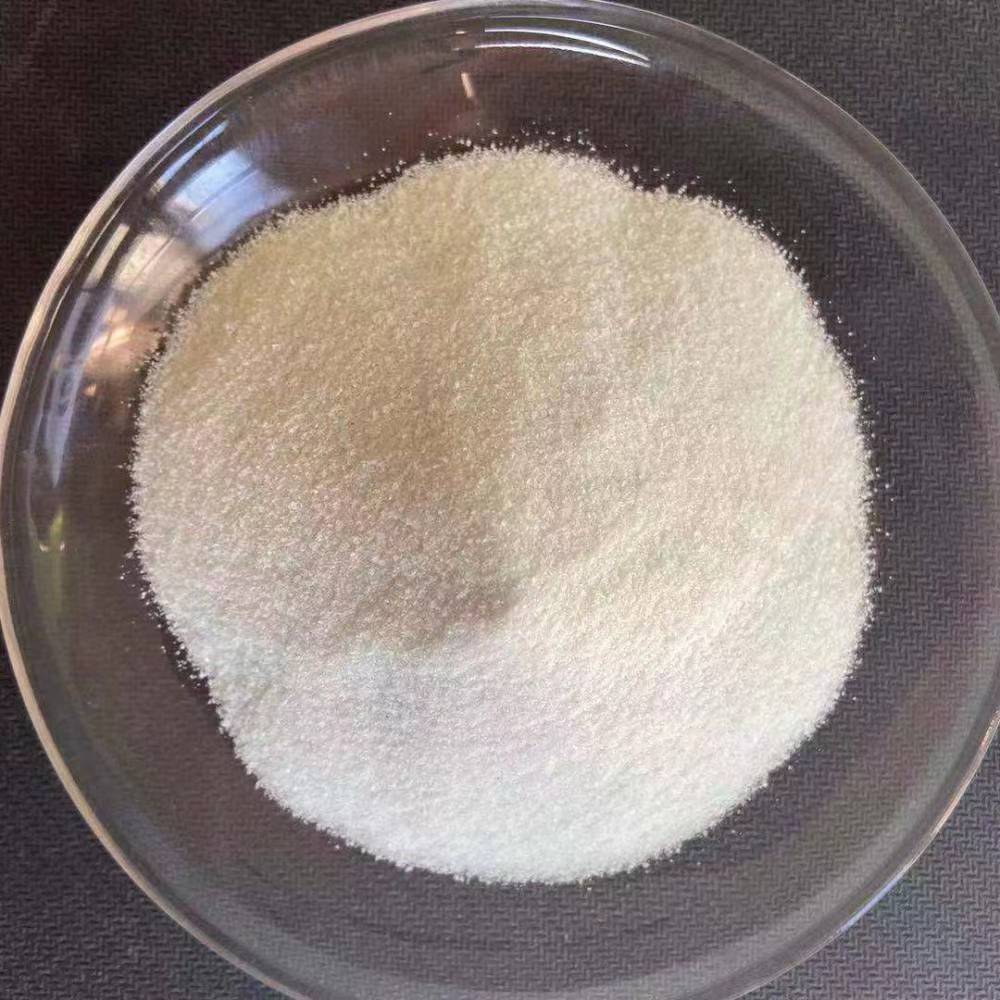Polyacrylamide (PAM) is a polymer compound commonly used as a flocculant. PAM has a wide range of applications in the field of water treatment and environmental protection. In swimming pool water treatment, PAM exists in a colloidal state during water purification. It possesses a large specific surface and adsorption capacity, allowing it to precipitate numerous oppositely charged colloidal particles, thereby playing a crucial role in purification. Of course, the formation of colloidal particles is also based on a certain degree of hydrolytic polymerization of PAM.

Definition of polyacrylamide flocculants
Polyacrylamide is a polymeric compound from acrylamide monomer.
Structure of polyacrylamide flocculant
The main chain of PAM is formed by repeated links of acrylamide monomers.
Water engineering research of PAM
The discipline of water treatment engineering believes that in order to increase the collision probability, increase the velocity gradient, and increase the energy consumption of the water body, that is, increase the flow rate of the flocculation tank.If the particles condense and grow too quickly during flocculation, two problems may arise:
If the floc grows too fast, its strength weakens
Strong shear in the flow process will cause the adsorption bridge to be cut, and the cut adsorption bridge is difficult to be continuous again, so the flocculation process is also a speed limited process. As the flocs grow, the water flow speed should be continuously reduced, so that the formed flocs are not easy to be broken.
The rapid growth of the floc will sharply reduce its specific surface area in water.
Some small particles with imperfect reaction lose the reaction conditions, and the collision probability of these small particles and large particles is sharply reduced, and it is difficult to grow up again. These particles can not only be intercepted by the sedimentation tank, but also difficult to be intercepted by the filter tank.
Mechanism of action of polyacrylamide flocculant
The main function of PAM in water treatment is flocculation. It can promote the aggregation of small particles suspended in water into larger flocculates through the following mechanism, which is easy to settle or filter.
- Neutralizing flocculation: PAM can neutralize charged particles in water and purify them, thus promoting the formation of flocs.
- Hard flocculation: the addition of PAM can make the small particles in the water form a larger flocculant, and increase the adsorption force and mutual force between the particles.
- Bridging flocculation: PAM is able to form Bridges that connect tiny particles together to form larger flocs.
Application of polyacrylamide flocculant
PAM flocculants are widely used in water treatment and environmental protection. The following describes several common application scenarios.
Sewage treatment
PAM flocculants can help remove suspended matter and turbidity in sewage, thereby improving water quality. In wastewater treatment plants, PAM is often used together with other flocculants to form a better flocculation effect.
Drinking water treatment
PAM flocculants can also be used in the field of drinking water treatment, where they help improve water quality. Through flocculation treatment, the suspended matter and turbidity in water can be effectively removed and the water quality can be improved.
Sludge dewatering
PAM flocculant can also be used for sludge dewatering treatment, an important step in the sewage treatment process. Sludge dewatering is an important link in sewage treatment process. Using PAM flocculant can accelerate sludge settling speed and improve dewatering efficiency.
Flocculant cleaning pool precautions and problem solving
Precautions and Problem-Solving When Using PAM Flocculant to Clean Swimming Pools.
- Quality and dosage of PAM: Choosing good quality and appropriate dosage of PAM flocculant can obtain better flocculation effect.
- Mixing ratio: PAM is usually used with other flocculants and needs to be mixed to ensure the best effect of the flocculant.
- Mixing evenly: Before using PAM flocculant, it is necessary to fully mix it with the solvent to ensure the uniform effect of the flocculant.
- Process control: According to actual needs, reasonable control of the flocculant addition process and time to ensure the smooth progress of the flocculation process.
Conclusion
PAM flocculant is an efficient and widely used flocculant in water treatment and environmental protection. By rational use of PAM flocculant, the suspended matter and turbidity in water can be effectively removed and the water quality can be improved. However, during the usage process, attention should be given to certain issues, including the selection of high-quality. Through the scientific control process, the ideal flocculation effect can be obtained.
